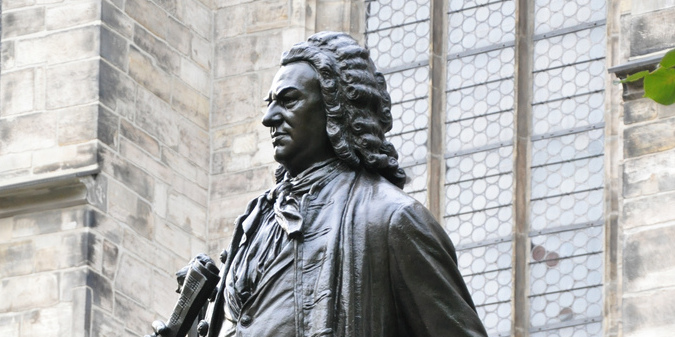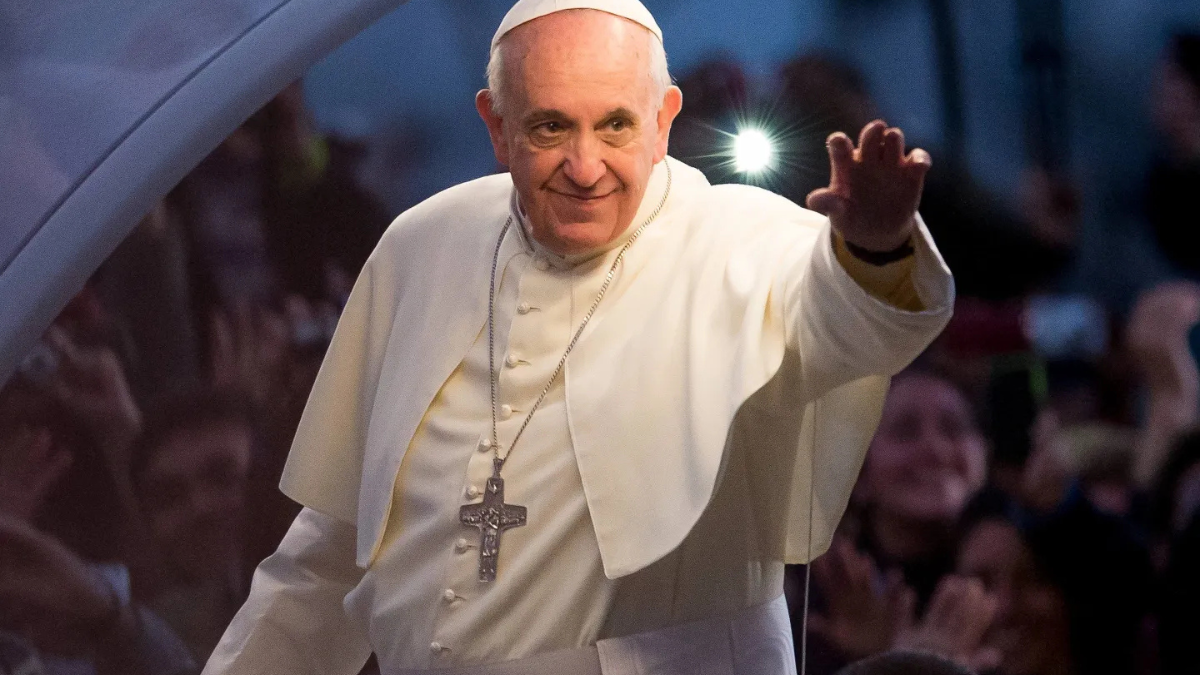


Christians have so many wonderful resources that can help us celebrate Christ’s birth and prepare our hearts for His second coming, and one of them is sacred music. The abundant supply of truly majestic Christmas music points to a long line of theological artists, individuals who took seriously both what truth needed to be said in music and how it could be said so as to be both memorable and beautiful. Perhaps the greatest offering of all is Johann Sebastian Bach’s Christmas Oratorio.
For much of his life, Bach was in charge of music at St. Thomas Lutheran Church in Leipzig, Germany. However, his many other responsibilities, such as raising 20 children, might explain why he indulged in a few shortcuts. For example, Bach often recycled old material for new musical pieces.
Of course, true creativity does not always require an artist to work from scratch. We are made in the image of the God, who created ex nihilo, out of nothing, but human creativity always, to some degree, involves cultivating what God has given us and developing it to its highest form. In the Christmas Oratorio, Bach took virtually every solo from sacred music he had composed earlier and combined them with other choruses and instrumentals that were both new and old.
The opening chorus, “Celebrate, rejoice, rise up and… glorify what the Highest has done today,” was completely original. Later in the oratorio, Bach invites us to contemplate the paradox of the Incarnation: that the King of heaven saw fit to become a tiny baby born in a stable. By means of a powerful bass, Bach marvels that, “Great Lord, O powerful King, dearest Savior. . . He who sustains the entire world, who created its magnificence and beauty, must sleep in a harsh manger.”
Bach’s original lyrics are in German. Come to BreakPoint.org, for a link to the entire English translation.
Bach’s notion of creativity has been largely lost today. As children of 19th century Romanticism, many contemporary artists focus on the self as the creator and see the role of the artist to spin out something completely novel and unique. Most artists today equate creativity with novelty, some even think that the role of art is to be subversive to any and all norms. It’s a form of what C. S. Lewis called “chronological snobbery.”
Bach’s music is as a powerful reproach to that vision of what art is. He saw creativity as a means of highlighting and enhancing traditional Christian belief. He saw that scriptural texts and musical forms were compatible, serving each other in order to supply rich liturgy.
Bach signed all his work “SDG,” shorthand for Soli Dei Gloria, which means “to God alone the Glory.” Bach knew the One true source of human creativity and that He must work through the composer if the art is to be what it should.
This Christmas, let one of history’s greatest artists, remind you that all of our work should be done to the glory of God. Like Bach, our creativity is intended to serve the Creator, who is the source of our lives and our abilities.
A version of this commentary was first published by Chuck Colson on BreakPoint in December of 1998.
Topics
Arts & Entertainment
Christian Living
Christian Worldview
Culture/Institutions
Religion & Society
Worldview
Resources:
Emmanuel Music | 2020
Chuck Colson | Breakpoint | December 9, 1998
Have a Follow-up Question?
Up
Next

Related Content

© Copyright 2020, All Rights Reserved.













